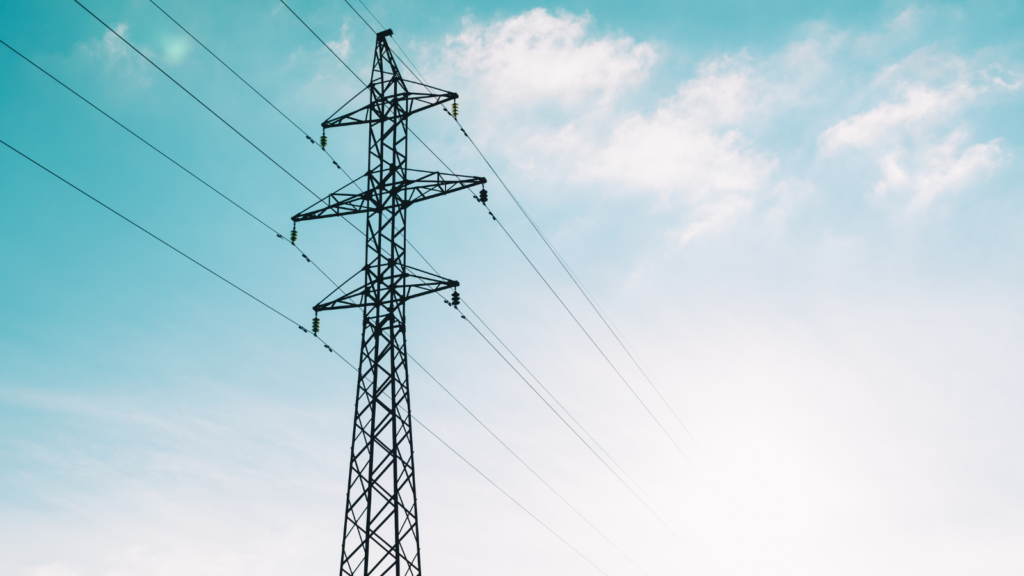A series of trade publication articles over the last few weeks warn of a looming slowdown in the current U.S. fiber craze, variously describing concerns about a fiber bubble, a fiber bust, and fiber speed bumps.

Impact: The concerns stem from some fiber operators failing to meet their quarterly buildout targets for both the third quarter and year-to-date, meaning they’re unlikely to make their deployment goals for the full year either. What’s happening here has nothing to do with a change of heart among fiber operators themselves or toward fiber as the preferred broadband technology. But with more and more providers facing significant impact from supply chain, labor, and permitting challenges, Wall Street firms have pulled back on their fiber projections for next year and started warning the coming fiber boom may not materialize as expected. Earlier this month, analysts at Wells Fargo reduced their fiber deployment estimates from 9 million to 8 million this year and from 11 million to 10 million next year.
MoffettNathanson and Recon Analytics see the situation as even more dire than a slower buildout pace. Both firms pointed out that the current economic climate, and how much it has changed since the fiber craze began mean that the cost of all these deployments has increased and likely will continue to rise until the increase in interest rates, as well as labor and materials costs, start to ease back down. Unfortunately for fiber operators, they will likely have to raise prices for their fiber offerings to account for the higher deployment costs, which may hamper attracting new customers seeking out symmetrical multi-gigabit speeds, especially if the large cable operators are able to roll out their own symmetrical or near-symmetrical gigabit speeds sooner than expected and at a fraction of the cost. Roger Entner of Recon Analytics reiterated MoffettNathanson’s points and said the crowded fiber market could make it difficult for some providers to meet their market share targets. Entner told FierceTelecom that with so many fiber players in the market, it’s going to be hard for every overbuilder to reach its goals, likely resulting in some going under in the face of an oversaturated fiber market.
AT&T, home of the country’s most ambitious fiber strategy, has not officially acknowledged it’s behind on its fiber deployments. But the company only added 500,000 new fiber locations in Q3 to push its total number of fiber locations to 18.5 million, well below both what it had done in the first two quarters of 2022 and significantly lower than analysts’ expectations. The smaller Q3 number likely puts AT&T behind its 2022 deployments targets, although CEO John Stankey said the company remains on track to meet its goal of 30 million total fiber locations passed by year-end 2025.
Altice USA’s fiber expansion strategy calls for it to pass 6.5 million locations by the end of 2025, including 4 million in its tri-state Optimum footprint. And though the cable operator has continued to increase its number of fiber passings each quarter, earlier this year it reduced its fiber buildout goal for the year by 200,000-300,000. Altice’s slowdown appears to stem from permit delays in New York, where new Chairman Dexter Goei said the company continues to wait on approval for 200,000-300,000 locations. But Altice has been able to redirect some of its buildout efforts to New Jersey and Connecticut in order to mostly keep pace with its deployment goals.
But perhaps the providers struggling the most to meet their fiber deployment goals are Lumen Technologies and TDS Telecom. As OTI has previously noted, analysts blame Lumen’s struggles on the company’s late entrance into the fiber wars, forcing it to scramble to find supplies and labor that other providers, like Frontier, were able to lock in ahead of time. As a result, Lumen closed Q3 well behind its fiber goals for the year despite adding 195,000 new fiber locations in its remaining 16-state footprint. With barely more than 500,000 new fiber passings added to its smaller footprint by the end of Q3, the company’s plan to pass 1 million new fiber locations this year seems well out of reach. TDS finds itself in a similar boat, with company executives acknowledging that its fiber buildout has not progressed as quickly as expected, adding only 33,000 new fiber locations in Q3. The company expects to end 2022 with roughly 120,000 new fiber passings rather than the 160,000 it had been aiming for.
Just about the only large fiber operator that has managed to maintain its aggressive deployment schedule has been Frontier, which added 351,000 new locations in Q3 to push its total number of fiber passings to 4.8 million. Company officials said at the time of the Q3 earnings call that they expected Frontier to surpass 5 million fiber locations in November, putting it halfway to its goal of 10 million passings by year-end 2025. Locking its labor and supplies in ahead of time has paid off for the resurgent telco that’s in the midst of transforming itself into a pure-play fiber operator. But even Frontier might not be immune to some of the current economic challenges if it hopes to go beyond its 10 million Wave 2 goal to reach another 5 million passings as part of a proposed Wave 3 expansion.
Wells Fargo analysts calculated that most fiber operators will need to capture 30-40% of the locations they touch with fiber for their strategy to be successful. Using this math, Wells Fargo posited that the U.S. fiber industry needs to add approximately 20 million new subscribers over the next decade, which seems a lot more risky today than it did a couple of years ago when the fiber frenzy first got off the ground. But with billions in federal broadband funding about to breathe new life into some of the previously mentioned flagging deployment efforts, fiber broadband remains a threat to cable broadband growth even if not every current fiber player survives the deployment stage.
